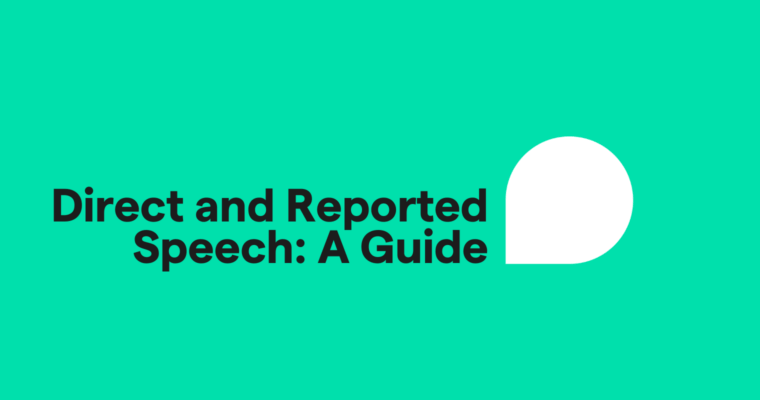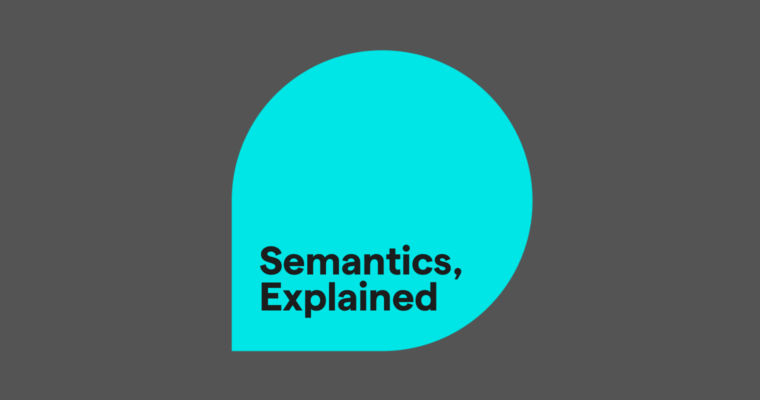
Word classes, also known as parts of speech, are the different categories of words used in grammar. The major word classes are nouns, verbs, adjectives, and adverbs, but there are also minor word classes like prepositions, pronouns, conjunctions, and others. Every word class has its own rules for how it’s used, so knowing a word’s class is important for using it correctly.
In this guide, we talk about each word class and how it’s used and give clear examples to show you how to use them yourself.
What are word classes in English grammar?
What is word class? Also known as parts of speech, word classes are the categories of words that determine how words are used in grammar. For example, nouns represent people, places, things, and concepts, while verbs represent actions. Nouns are used as the subject of sentences, and verbs are used as the predicate.
Word classes are divided into two main groups: form and function. Form word classes, also known as lexical words, are the most common types of words that make up the important parts of a sentence. They include nouns, verbs, adjectives, and adverbs. Function word classes, also known as structure words, assist the form word classes in a sentence. They include auxiliaries, prepositions, pronouns, determiners, conjunctions, and interjections.
Form word classes:
- noun
- verb
- adjective
- adverb
Function word classes:
- auxiliary
- preposition
- pronoun
- determiner
- conjunction
- interjection
Word class examples
Wow, he has quickly grown into a beautiful cat!
| interjection | pronoun | auxiliary | adverb | verb | preposition | determiner | adjective | noun |
| Wow, | he | has | quickly | grown | into | a | beautiful | cat! |
We will leave early and visit that new museum.
| pronoun | auxiliary | verb | adverb | conjunction | verb | determiner | adjective | noun |
| We | will | leave | early | and | visit | that | new | museum. |
Form word classes
Nouns
Nouns represent people, places, things, or concepts. They can be concrete or abstract; concrete nouns are physical things that can be seen, touched, heard, or otherwise sensed (rocks, noise, grandma), and abstract nouns are nonphysical things that represent ideas (justice, philosophy, happiness).
Proper nouns are a type of noun that represents something specific. For example, the noun person is a common noun used generally for anyone, but the proper noun Richard Attenborough represents a specific person. Proper nouns almost always use capitals for their first letter, like names.
Proper noun examples:
- dog
- pizza
- apple
- The Mandalorian
- Taiwan
Verbs
Verbs represent actions and are the only word class that is absolutely necessary to make a complete sentence. You can conjugate verbs in different verb tenses to explain when an action takes place (past, present, or future) or combine them with auxiliaries for more advanced tenses like the present perfect tense or past continuous tense.
Verb examples:
- be (is, are, was, were)
- swim
- get
- play
- analyze
Adjectives
Adjectives are words that modify or describe a noun. They add more details to the noun, such as color, size, or age.
Adjective examples:
- big
- green
- ancient
- gorgeous
- difficult
Adverbs
Similar to adjectives, adverbs modify or describe verbs, adjectives, or other adverbs. When describing verbs, they give details about how an action is performed, such as where, when, why, or how often. They usually—but not always—end in -ly.
Adverb examples:
- carefully
- slowly
- often
- really
- very
Function word classes
Auxiliaries
Also known as helper verbs or helping verbs, auxiliary verbs are a type of verb that assists the sentence’s main verb to create advanced tenses. For example, in the sentence “They have arrived,” the main verb is arrived, but the auxiliary verb have is necessary to make the present perfect tense.
Auxiliary verbs also include modal verbs like can or should, which slightly modify the meaning of the main verb. Some verbs like have, be, or do can be either regular verbs or auxiliary verbs.
Auxiliary verb examples:
- will
- could
- might
- would
- must
Prepositions
Prepositions are a special type of word class that indicates relationships between other words. Prepositions always use a noun, known as the preposition’s object, and typically describe where something is in relation to something else. When used to describe a verb, prepositions can explain when or where an action happened.
Preposition examples:
- in
- at
- behind
- to
- from
Pronouns
Pronouns are a type of noun used as a substitute for other nouns. They make communication easier and faster because you don’t have to repeat the same words over and over again.
Pronoun examples:
- I
- they
- who
- yourself
- nobody
Determiners
Determiners are words that come before a noun to explain which noun you’re referring to, the noun’s quantity, or whether the noun is general or specific. Determiners are important for grammar and include a few different types of words like articles, demonstratives, possessive pronouns, distributives, and quantifiers like many, much, and more.
Determiner examples:
- the
- my
- all
- those
- few
Conjunctions
Conjunctions like the word and are words that connect other words. Coordinating conjunctions link words, phrases, or clauses of the same kind, such as a series of nouns or two independent clauses. Subordinating conjunctions are only used to connect a dependent clause to an independent clause.
Conjunction examples:
- but
- or
- because
- if
- so
Interjections
Only used in informal communication, interjections show a sudden emotion. They attempt to mimic speech in writing and are often used together with exclamation points.
Interjection examples:
- gee
- hey
- ouch
- yikes
- oof
Phrases
Sometimes a group of words can work together to act as a single word. These groups of words, known as phrases, act as a single word class even when they include words of different classes.
My huge yet adorable puppy eats like a pig.
In this example, the phrase “my huge yet adorable puppy” acts as a single noun. This noun phrase contains a determiner (my), two adjectives (huge and adorable), a conjunction (yet), and a noun (puppy); however, all these different words work together to act as a single word—a noun—used as the subject of the sentence.
Likewise, the words in the phrase “like a pig” work together as a single adverb, describing how the puppy eats.
Word class FAQs
What are word classes?
Word classes, also known as parts of speech, are the different categories of words used in grammar. Every word class has its own rules for how it’s used.
What are the different kinds of word classes?
There are two types of word classes: form and function. Form word classes include nouns, verbs, adjectives, and adverbs. Function word classes include auxiliaries, prepositions, pronouns, determiners, conjunctions, and interjections.
What are phrases?
Phrases are groups of words that work together to act like a single word. For example, the phrase “my black dress” includes a determiner (my), an adjective (black), and a noun (dress); however, these different types of words all work together to act as a single noun.





